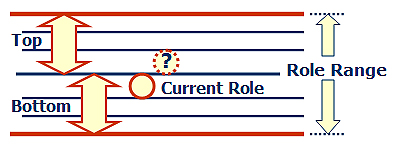“How do you tell?” Roger asked. “When we had to make decisions to lay people off in 2009-2010, we thought we were choosing to keep our best people. Maybe, it’s just harder now. But some of the people we kept are not making the grade.”
“How do you explain their underperformance?” I pressed.
“Bottom line, I think they were successful, before, because things were easy. We made sales because people called us. No one had to knock on doors, ask for appointments, do needs analysis. My salespeople are clamoring for more leads, but they squander the leads we give them.”
“So, when you look at your team, how do you rate their effectiveness?”
“You mean, on a scale from 1-10, or A-B-C?”
“Think about it this way. Given what you expect in their role, are they working as effectively as someone in the top half of the role or the bottom half of the role?”
“Well, each person is different,” Roger replied.
“Good. So, you can make that judgment for each of your salespeople?”
“Yes, absolutely. When you put it like that, it’s easy to see.”
“And then, in that half, are they as effective as someone in the top, middle or bottom of that half?”
“Again,” Roger was thinking. “I could do that for each salesperson.”
“So, you could make a judgment, as a manager, for the top half or bottom half, and then in that half, the top, middle or bottom. That creates six bands of effectiveness related to your salespeople.”
